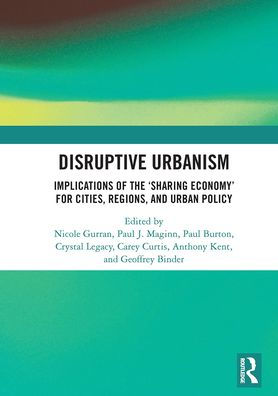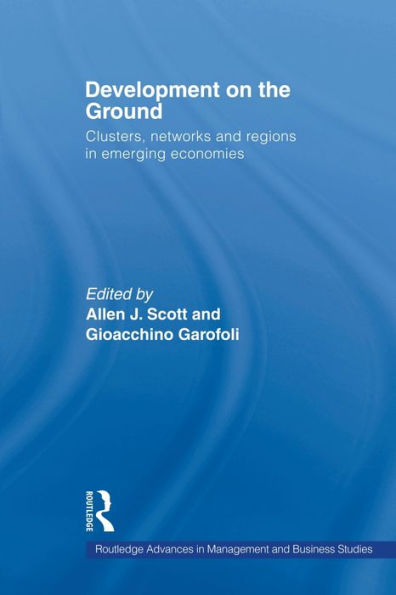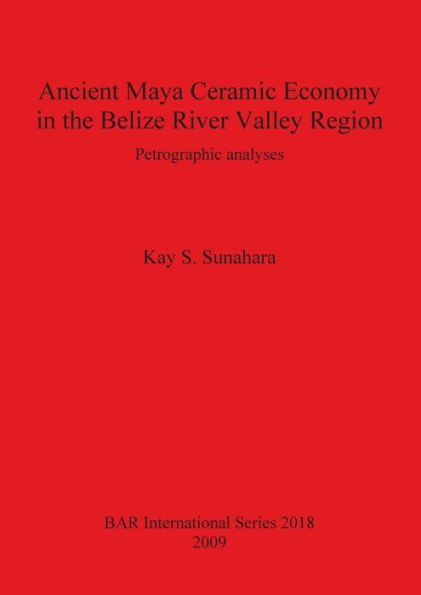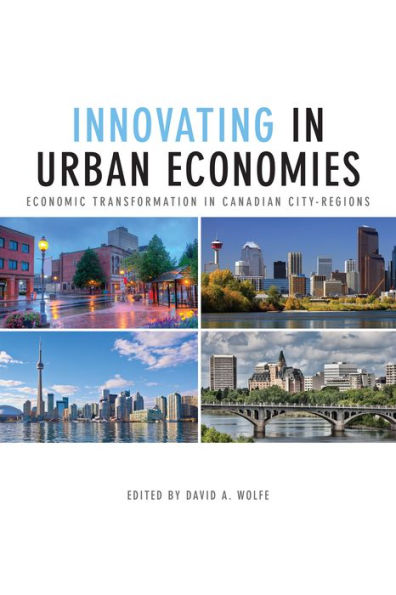Home
The Chartists, Regions and Economies
Barnes and Noble
Loading Inventory...
The Chartists, Regions and Economies in Franklin, TN
Current price: $25.25
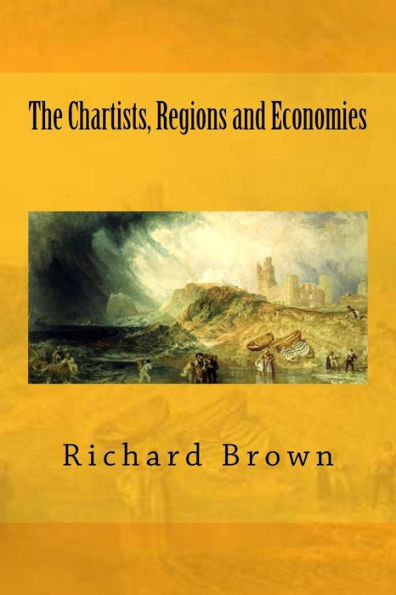
Barnes and Noble
The Chartists, Regions and Economies in Franklin, TN
Current price: $25.25
Loading Inventory...
Size: OS
This book looks at Chartists from the grassroots. It abridges and builds on the two separate volumes-Chartism: Locations, Places and Spaces--dealing with Southern England and the Midlands and The North, Scotland, Wales and Ireland. The focus is on how Chartism played out regionally and locally reinforcing the point that local priorities and political agendas did not always correspond with those put forward nationally and that, although the national leadership developed principles and policies and who passed through Chartist communities on their never-ending peregrinations, daily operational details were left to local leaders and organisations. For those communities, individuals such as Peter Bussey and William Carrier were as much the leaders of the Chartists to local men and women as Feargus O'Connor or Bronterre O'Brien. Is it better to see Chartism as a network of semi-autonomous political organisations over which national control was limited rather than a unified political movement? Should we see Chartism as a national debate over the exclusion of the working-classes not simply from the parliamentary franchise but from playing any role in determining the future direction of society, the economy and cultural aspirations? There are six chapters considering the nature of Chartism in the English regions and a chapter each on Wales, Scotland and Ireland and the Isle of Man. Each chapter contains a detailed analysis of social and economic structures as well as a consideration of Chartism. The book ends with discussion of people, places, classes and spaces. It considers the question of 'who were the Chartists?' and the difficulties in identifying who they were and why they became Chartists and how far class played a part in this process. It also examines Chartism within its geographical context drawing on points made in the regional chapters. Finally, it looks at the whole question of radical spaces and how these spaces were created and contested.
This book looks at Chartists from the grassroots. It abridges and builds on the two separate volumes-Chartism: Locations, Places and Spaces--dealing with Southern England and the Midlands and The North, Scotland, Wales and Ireland. The focus is on how Chartism played out regionally and locally reinforcing the point that local priorities and political agendas did not always correspond with those put forward nationally and that, although the national leadership developed principles and policies and who passed through Chartist communities on their never-ending peregrinations, daily operational details were left to local leaders and organisations. For those communities, individuals such as Peter Bussey and William Carrier were as much the leaders of the Chartists to local men and women as Feargus O'Connor or Bronterre O'Brien. Is it better to see Chartism as a network of semi-autonomous political organisations over which national control was limited rather than a unified political movement? Should we see Chartism as a national debate over the exclusion of the working-classes not simply from the parliamentary franchise but from playing any role in determining the future direction of society, the economy and cultural aspirations? There are six chapters considering the nature of Chartism in the English regions and a chapter each on Wales, Scotland and Ireland and the Isle of Man. Each chapter contains a detailed analysis of social and economic structures as well as a consideration of Chartism. The book ends with discussion of people, places, classes and spaces. It considers the question of 'who were the Chartists?' and the difficulties in identifying who they were and why they became Chartists and how far class played a part in this process. It also examines Chartism within its geographical context drawing on points made in the regional chapters. Finally, it looks at the whole question of radical spaces and how these spaces were created and contested.
